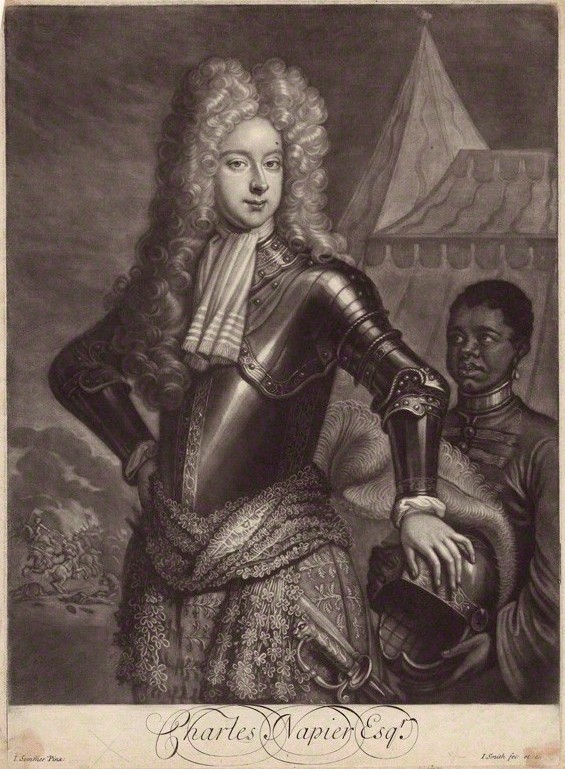Cultural heritage
Linked to local and family history is Cultural Heritage. Programmes and events related to the specific histories of Black Minority Ethnic (BME) communities are more likely to attract those audiences.
Your museum, gallery or site may be in an area that is rich in cultural diversity but your portrait collection may not reflect that. This does not mean that you can’t run events linked to cultural diversity – in fact it may give you and your colleagues a chance to reflect on your collection.
Even if your site is situated in an area that has little cultural diversity in its ethnographic makeup, revisit the collection. Often there are links between the sitters and the slave trade and its abolition or the expansion of the British Empire in the eighteenth and nineteenth-centuries. These can make for provocative and interesting events.
Be aware of the historical and contemporary controversies you may enter into. It is best practice to have a community partner, advisor or forum to guide you and participate in the programme.
A good example: Drawing over the Colour Line Walk
The Drawing Over the Colour Line project at University College London explores ‘Geographies of art and cosmopolitan politics in London 1919 – 1939’ through art collections within UCL, Tate and elsewhere. Portraits of Black and Asian men and women are an important part of the evidence that this project is researching:
Examining the archives of art collections as well as personal papers, autobiographies and memoirs, this project will recover the lives of Black and Asian men and women who worked as artists and artists models in London between 1919 and 1939 and seeks to understand the role they played in the changing artistic, social, cultural and political scenes that emerged in Inter-War London.
A walking tour around Bloomsbury has been put together as part of Drawing Over the Colour Line: Geographies of art and cosmopolitan politics in London 1919 – 1939 project at University College London. There is a Youtube film here that gives a glimpse of the tour. This tour guides people around some of the spaces and places related to people of African and Asian heritage living in the area in the Inter-war period, mainly students or musicians and performers such Florence Mills.
Drawings from the Slade School of Fine Art record the interest of artists such as John Innes, William Ian Brinkworth, Ivy Mackusick and Ann Tooth in drawing African and Asian sitters. Artists Nina Hamnett and Duncan Grant who lived in Bloomsbury also created artworks depicting Black Londoners. In addition African and Asian artists, such as Jamaican sculptor Ronald Moody, studied and worked in the area. Further information can be found on the project blog >>.
The lead researcher Dr Gemma Romain would love to hear about any more information about sitters and artists related to the project:
By working on this fascinating topic we have been able to explore a range of diverse histories, touching on themes of community, ‘interracial’ relations, expressions of gender and sexual identity, colonialism and political activism. We have also explored a range of ‘hidden histories’ as several individuals of the African and Asian diasporas involved in London’s interwar artworld, either as artist’s models, artists or art students, have been largely unexplored by historians. We have particularly been helped in our research by people tracing their family histories including Nyay Bhushan, an Indian filmmaker who is researching the life experiences of his great grandfather Vasu Deva Sharma, a student at the Royal College of Art during the early 1920s. Nyay has shared some fascinating information with us, which can be found in our blog here.
We’d love to hear from anyone who is researching their family histories of their black relatives involved in the interwar art world or anyone who owns portraits representing African and Asian individuals.

